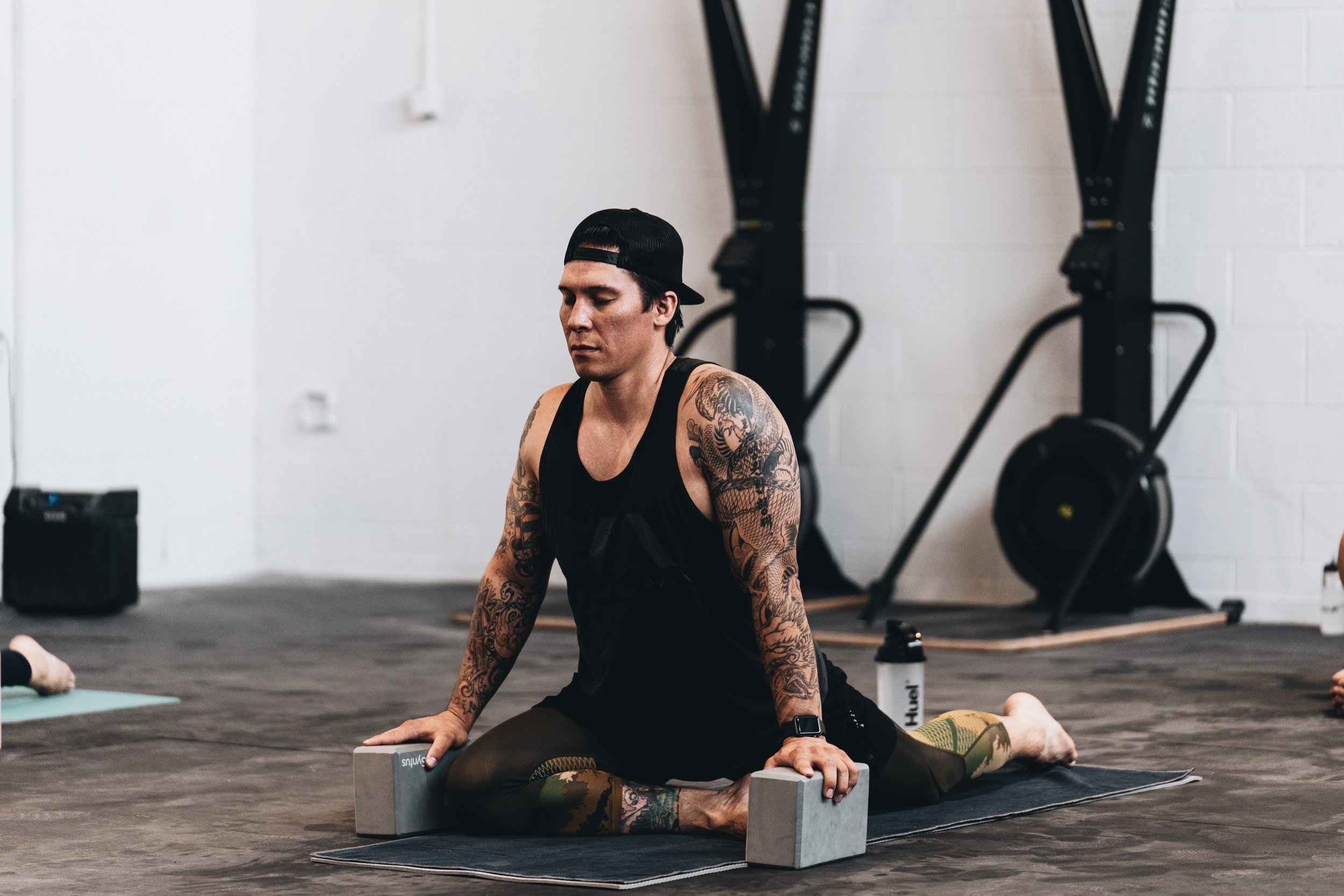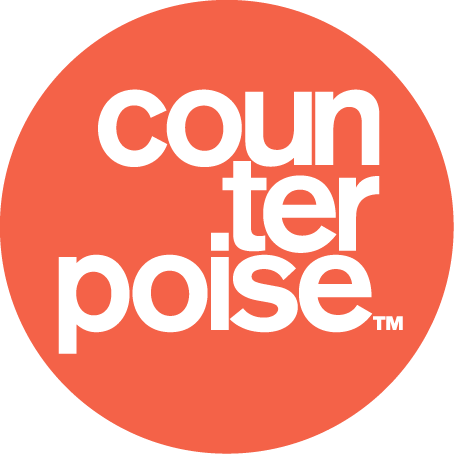How to Deal with Injuries as An Athlete

Statistics have shown that over 90% of athletes will suffer some sort of injury in their lifetime. There can be damaging psychological effects of injuries for athletes, be that professional ones or amateurs. When you don’t know how to cope, this runs the risk of developing mood disorders such as depression. However, here are some steps you can take to help ease the experience of recovering from an injury.

- Accept Reality Returning from injury can be a long and difficult process. If you’re injured, you probably noticed some initial pain or a ‘niggle’ before you became injured. This would have been the ideal time to slow down or STOP training for a couple of days until the ‘niggle’ subsided. Unfortunately, the vast majority of people will ignore this pain and push on which can lead to a more serious injury. So… you’re injured. It’s now time to accept that reality. Recovering from your injury will most likely take longer to heal and you will have to spend more time away from the sport that you love. Accepting your current state means that your recovery will more likely take less time.
- Talk to PeopleSome people struggle more with taking time off for recovery than others. So, finding someone with who you can share your frustrations and tips can be beneficial. Once you feel ready, pick yourself back up and start your recovery training.
- Treat Recovery as Part of TrainingSwitching your mindset towards recovery can do wonders for your mental state and also the speed of your recovery. If you think of rehab as training can help you keep motivated. This will help you stay active and if you stick to the recovery training, you’ll be back doing the training you love in no time.
3. Go Back Slowly
Work your way up slowly! Don’t start your training back up by going out and trying to tackle an intense session your first time back. The smaller sessions you do will help you build up strength and lessen the risk of you becoming injured again if you take your time and don’t push yourself too hard. I would also advise working with a physio to plan your return to training.
4. Try Out Relaxation Training
As well as mindfulness, here are examples of relaxation techniques that you can use in your rehab training:
- Progressive muscle relaxation (PMR) – this involves tensing and relaxing various muscles in the body in a sequence. The purpose of this technique is to help the athlete become familiar with the difference between tension and relaxation this making relaxation easier.
- Controlled breathing – when you are stressed or anxious, your breathing rate is likely to increase. Training yourself to control and slow down your breathing helps trigger our relaxation response. This means that breathing exercises can help relax us and control our anxiety. Examples of breathing techniques that you can try out:
- Rhythmic breathing (breathing in for a count of 5 and breathing out for a count of 5)
- Ratio breathing (breathing in for a count of 5 and breathing out for a count of 10).
– Hannah, Mental Health Practitioner


